День первый. Вена. Ярмарки. Знакомство
День второй. Окрестности Вены и еще немного ярмарок. Часть 1
День второй. Окрестности Вены и еще немного ярмарок. Часть 2
День третий. Линц. Путешествие на двухэтажном поезде. Часть 1
День третий. Линц. Путешествие на двухэтажном поезде. Часть 2
День четвертый. Грац. И наконец-то первый снег. Часть 1
День четвертый. Грац. И наконец-то первый снег. Часть 2
Сегодня мы наконец-то выделяем полный день для Вены. И хотя погода стоИт солнечная и погожая, в планах у нас не прогулка по городу, а посещение Музея изобразительных искусств (Kunsthistorisches Museum или КНМ). Поэтому если вы не любители музейных древностей, и одно только упоминание о них вызывает у вас аллергический приступ, можете смело пропускать данный раздел. : )))
Недавно меня очень позабавил комментарий одного из авторов ТП, суть которого сводилась примерно к следующему: музеи интересны путешественникам в возрасте, поэтому, если вас туда потянуло, значит, старость не за горами. : ) Я тогда ещё подумала, что я, наверное, уже могу смело требовать с государства пенсию, потому как музеи просто обожаю! И венский Музей изобразительных искусств в моем списке обожаний занимает почетное первое место. ; ))) При этом я мечтаю, что когда-нибудь я все-таки выделю на него полный день – как приду к открытию в 9 утра, так и пробуду там до 9 вечера (если вдруг дело будет происходить в четверг, когда в Музее удлиненный рабочий день)…
В принципе, хотя наш пятый день путешествия выпадал на среду, и Музей закрывался в 6 вечера, у меня были все шансы реализовать свой давно вымечтанный план, пусть и в слегка урезанном виде. Но тут как всегда вмешался мой нервный характер – как же это я буду в Вене и не зайду на Марияхильферштрассе? ! Ведь все знают, что, будучи за рубежом, надо, кроме всего прочего, заниматься шопингом.
Ну, не знаю… Только время потратили! Может, я не шопоголик? ! В общем, как в старом анекдоте: « А я-то чего полез? ! Я ж читать не умею! » . : ) Лучше бы сразу к 9 утра в КНМ ехали!
Хотя в нынешнем походе на Марияхильфер был один положительный момент – в качестве такой себе кофе-паузы перед Музеем мы зашли в кондитерскую Oberlaa, изменив нашей многолетней традиции пить кофе в сети кондитерских Aida. И если объективно, то в Oberlaa ничуть и не хуже! ; ))


И вот, наконец, Музей! Я, кроме всего прочего, люблю его еще и за то, что здесь почти ежегодно проводятся какие-либо дополнительные тематические выставки или открываются дополнительные экспозиции. На сей раз это « Караваджо и Бернини» , проводимая венским КНМ совместно с амстердамским Рейксмузеумом. Не знаю, почему в описании выделили именно Рейксмузеум, т. к. картины на этой выставке представлены из множества коллекций, как то римские Капитолийские музеи и Палаццо Барберини, Пинакотека Болоньи, Художественный музей Чикаго, мадридский Музей Тиссена-Борнемисы, Лондонская Национальная галерея, прочие музеи и частные собрания.

Экспозиция « Караваджо и Бернини» небольшая – занимает всего 5 залов и содержит работы не только этих двух известнейших мастеров...




...но и их учеников, последователей и подражателей. Например, сюжет « Давид с головой Голиафа» представлен не только работой Караваджо, но и работами нескольких его современников.

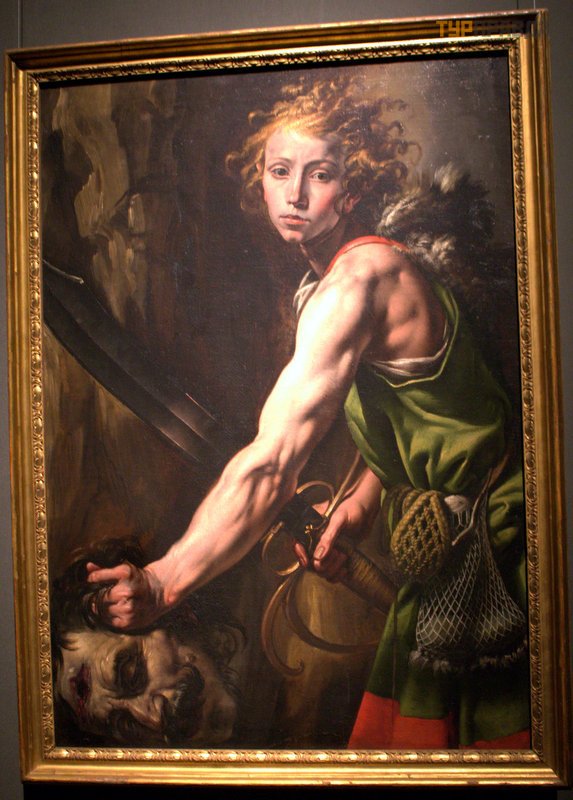
Равно как и мини-проект известнейшей работы Бернини « Экстаз Св. Терезы Авильской» , оригинал которой расположен в церкви Санта Мария делла Витториа...

...весьма органично перекликается с работой одного из первых последователей Караваджо в Голландии Луи Финсона « Мария Магдалена в экстазе»...
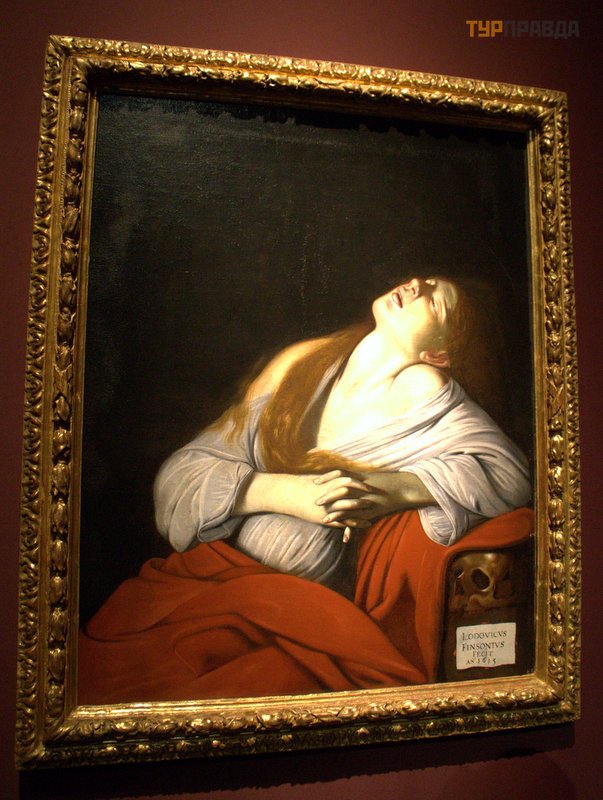
...и этим же сюжетом в исполнении Артемизии Джентилески – первой женщины, избранной членом Академии живописного искусства во Флоренции, и активной « проповедницы» караваджизма в Северной Италии. Кстати, эксперты аукционного дома Сотбис, через который в 2014 г. данная работа художницы была продана за 1.2 млн. долл. США, считают, что, возможно, Мария Магдалена на этом полотне является автопортретом художницы.

В общем, скажу так: я не большой специалист в искусстве, но все же очень интересно узнавать какие-то нюансы из жизни авторов, понимать влияние их судеб на их же полотна, улавливать причинно-следственные связи творчества и, что самое главное для меня, как профана, узнавать ранее виденные сюжеты. Например, к этим работам Бернини, я думаю, комментарии уж точно излишни. : )))



Но в Венском художественном музее и помимо данной выставки есть масса интересного. Например, в этот раз мы наконец-то добрались до 3-го этажа и расположенной там нумизматической коллекции, которая, как оказалось, входит в пятерку крупнейших в мире.


Не добрались в это посещение, хотя я и очень мечтала, до Кунсткамеры, поэтому использую здесь фото прошлых лет...

...где собраны различные экзотические вещицы из дальних стран...



...необычные предметы, как, например, макеты кораблей, повозок, оркестров...
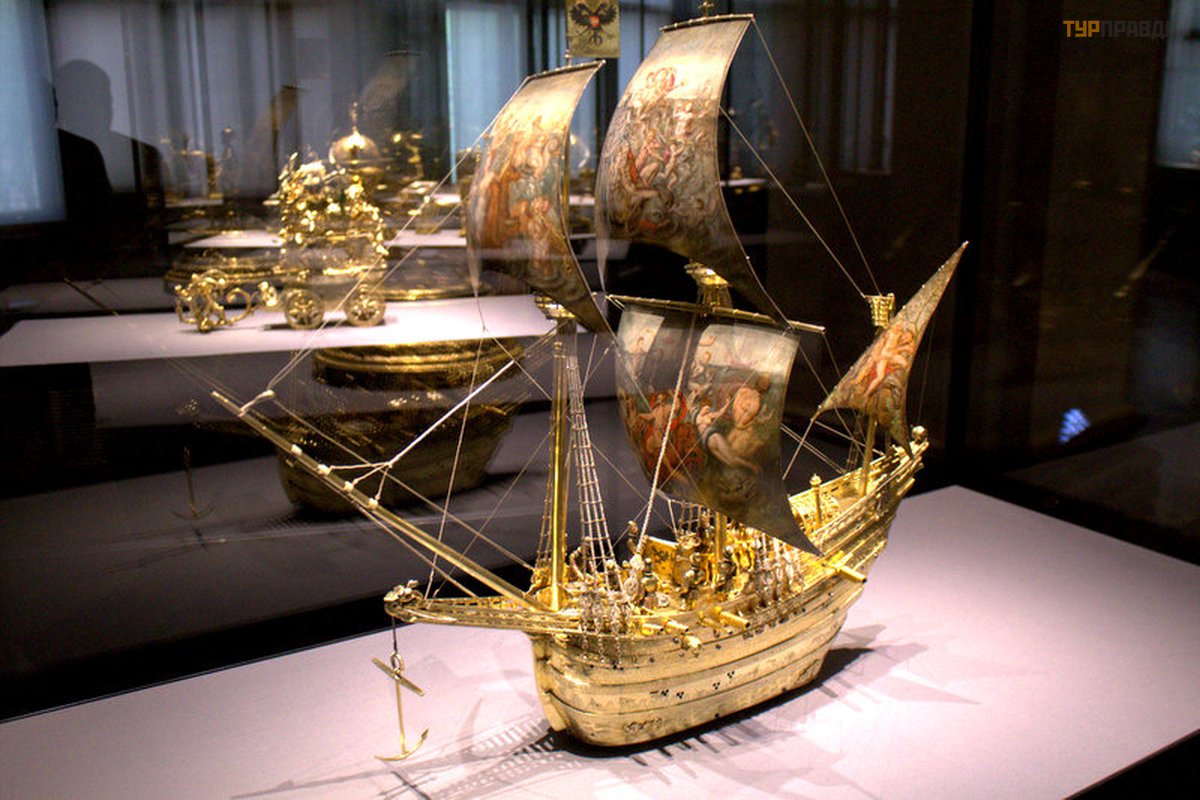
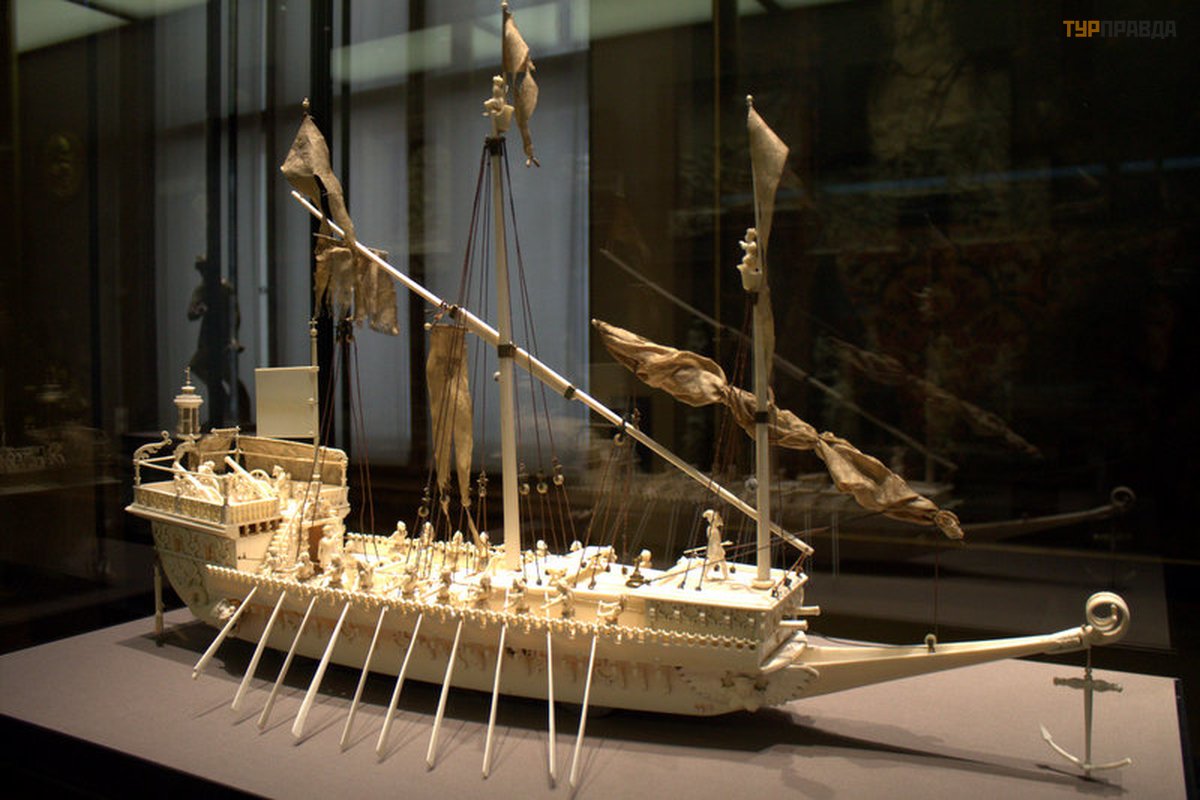

...где фигурки могут двигаться, вести бой, исполнять музыкальные произведения и прочие...

...загадочные артефакты.


И прекрасные произведения искусства своего времени, флагманом среди которых является знаменитая солонка « Сальера» работы Бенвенуто Челлини.

И, кстати, здесь можно не только рассматривать все это за стеклом витрин, но и изучать более подробно с помощью расположенных практически в каждом зале интерактивных планшетов или фильмов, демонстрируемых в режиме нон-стоп.

Отдельная экспозиция Музея посвящена Египетско-ориентальной коллекции...


...с ее знаменитым « Голубым бегемотом»...
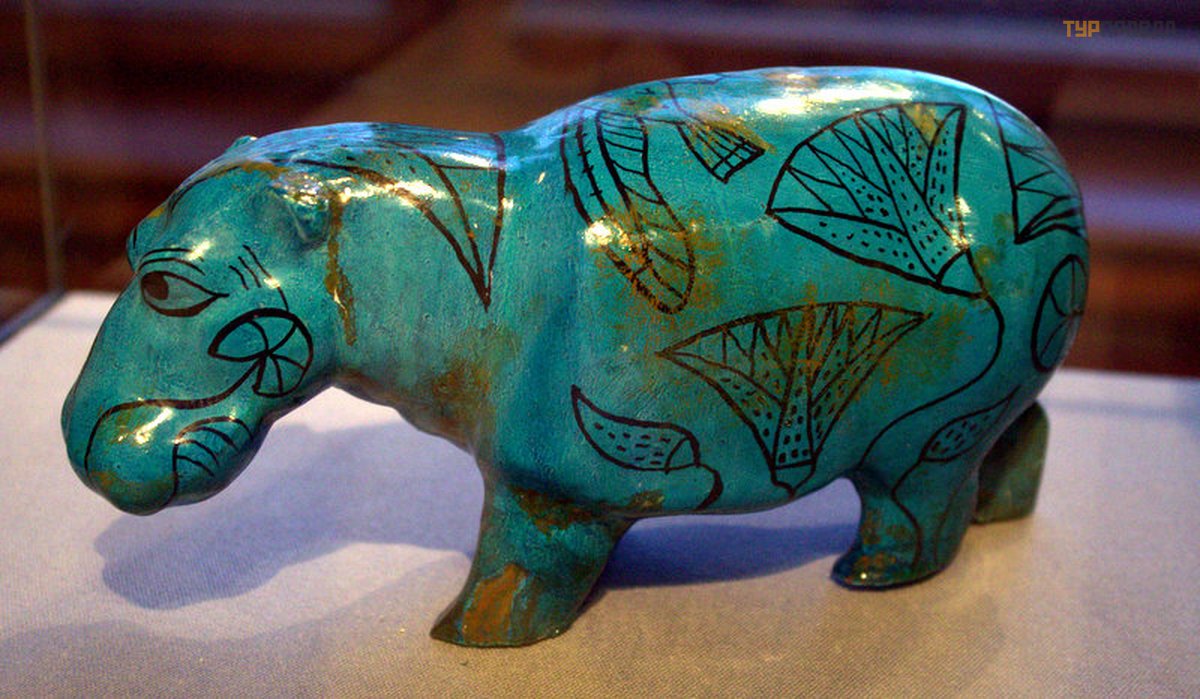
...а также Античному собранию, некоторые экспонаты какового насчитывают больше двух тысячелетий от роду.
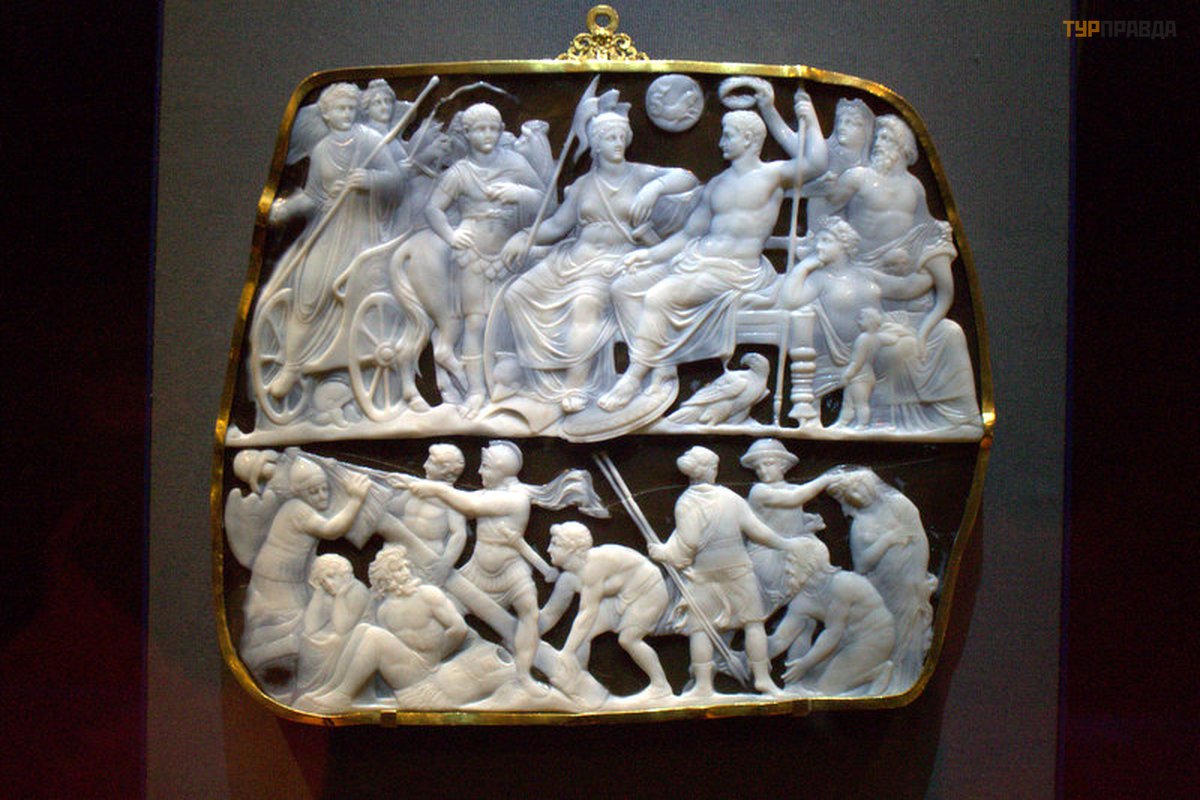

И это я не говорю о художественных шедеврах Музея, среди которых работы любимого нами Брейгеля (кстати, его полотнам сейчас выделили отдельный зал)...



...Рубенса, Вермеера, Дюрера, Рембрандта...
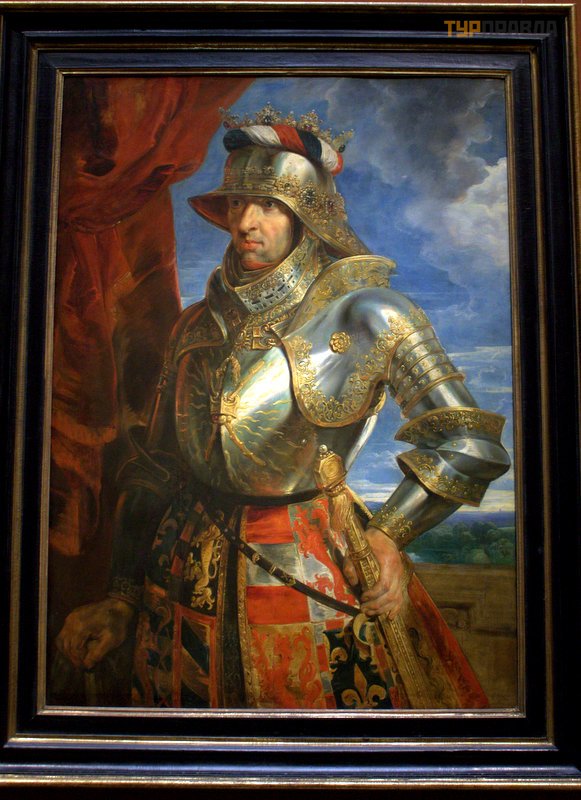


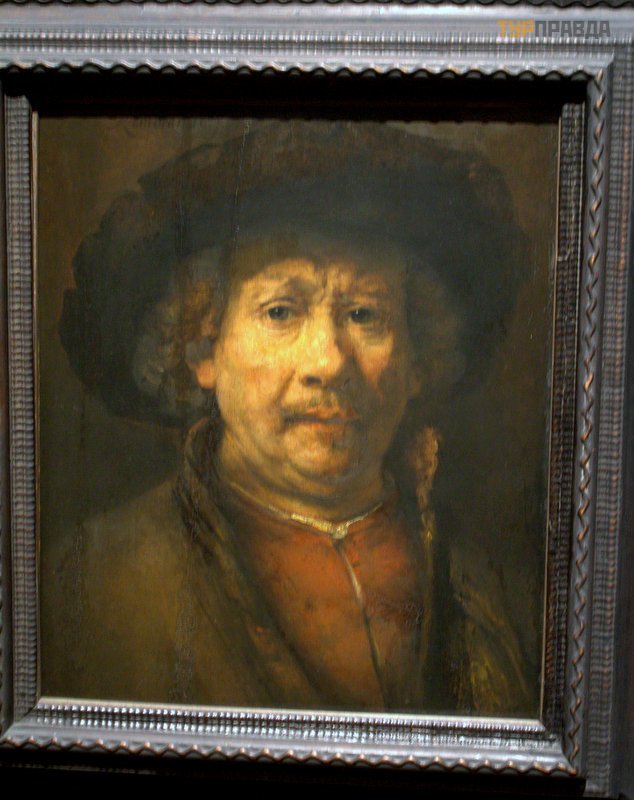
...Тициана, Рафаэля, Арчимбольдо, Веласкеса и пр. , и пр.




Кстати, в КНМ собрана довольно большая коллекция прекрасных уголков Вены кисти Бернардо Беллотто (Каналетто), и я, как любитель рассматривать старинные виды современных мест, не могу не уделять им внимания в каждое свое посещение Музея. Вот, например, узнаете?

Это изображенная с разных ракурсов площадь Фрайунг с Шотландским монастырем, на которой мы во второй день нашего путешествия пили шампанское на тамошней рождественской ярмарке. Почти не изменилась. ; )))

Да и вообще, не стОит забывать, что и само здание Музея является произведением архитектуры.

Строительство КНМ началось по приказу Франца Иосифа I в 1858 г. для размещения императорских коллекций, которые собирались представителями рода Габсбургов более 600 лет. Авторами проекта выступили архитекторы Готфрид Земпер (он же является и « отцом» Дрезденской оперы) и Карл фон Хазенауэр. Открытие Музея состоялось в 1891 г. , но и по сей день здание поражает своим роскошным внутренним убранством.


И вот посмотрев в очередной раз на всё это великолепие, я поняла, что моя мечта провести здесь целый день никуда не делась, а только укрепилась! А чтоб сил хватило на весь музей, то периодически можно прерываться на чашечку кофе в музейном кафе. ; ))

Поэтому, если вдруг в своей тяге к музеям вы, как и я, достигли " пенсионного возраста" , то Венский музей изобразительных искусств имеет много чего предложить для удовлетворения вашей страсти! : ))
А нас впереди ждут еще несколько рождественских ярмарок...
День пятый. И снова Вена. Приобщение к прекрасному. Часть 2
Day One. Vein. Trade fairs. Introduction
Day two. Viennese environs and a few more fairs. Part 1
Second day. Viennese environs and a few more fairs. Part 2
Third day. Linz. Traveling on a double-decker train. Part 1
Third day. Linz. Traveling on a double-decker train. Part 2
Day fourth. Graz. And finally the first snow. Part 1
Fourth day. Graz. And finally the first snow. Part 2
Today we finally set aside a full day for Vienna. And although the weather is sunny and fine, our plans are not to walk around the city, but to visit Museum of Fine Arts (Kunsthistorisches Museum or KNM). Therefore, if you are not fans of museum antiquities, and the mere mention of them causes you an allergic attack, you can safely skip this section. : )))
Recently, I was very amused by the comment of one of the authors of the TP, the essence of which boiled down to the following: museums are interesting for travelers of age, therefore, if you are drawn there, then old age is not far off. : ) I then thought that I, probably, can already safely demand a pension from the state, because I simply adore museums! And the Vienna Museum of Fine Arts in my list of adorations takes an honorable first place. ; ))) At the same time, I dream that someday I will allocate a full day for it - as soon as I arrive at the opening at 9 am, I will stay there until 9 pm (if suddenly it happens on Thursday, when the Museum extended working hours)…
In principle, although our fifth day of the trip fell on Wednesday, and the Museum closed at 6 pm, I had every chance to realize my long-cherished plan, albeit in a slightly curtailed form. But here, as always, my nervous nature intervened - how can I be in Vienna and not go to Mariahilfer Strasse ? ! After all, everyone knows that, being abroad, one must, among other things, do shopping.
Well, I don't know. . . Just a waste of time! Maybe I'm not a shopaholic? ! In general, as in the old joke: “Why did I climb? ! I can't read! ". : ) It would be better if we went to KNM right away by 9 am!
Although there was one positive moment in the current trip to Mariahilfer - as a kind of coffee break before the Museum, we went to the Oberlaa confectionery, changing our long-term tradition of drinking coffee in the Aida confectionery chain. And if objectively, Oberlaa is no worse! ; ))


. . . but also their students, followers and imitators. For example, the plot "David with the Head of Goliath" is represented not only by the work of Caravaggio, but also by the works of several of his contemporaries.


As well as a mini-project of Bernini's famous work "The Ecstasy of St. Teresa of Avila", the original of which is located in the church of Santa Maria della Vittoria. . .

. . . very organically echoes the work of one of the first followers of Caravaggio in Holland Louis Finson "Mary Magdalena in ecstasy". . .

. . . and the same plot performed by Artemisia Gentileschi, the first woman elected a member of the Academy of Fine Arts in Florence, and an active "preacher" of Caravaggism in Northern Italy. By the way, experts at the Sotheby's auction house, through which this work of the artist was sold for 1.2 million US dollars in 2014, believe that perhaps Mary Magdalena on this canvas is a self-portrait of the artist.

In general, I will say this: I am not a great specialist in art, but it is still very interesting to learn some nuances from the life of the authors, to understand the influence of their fates on their own canvases, to capture the causal relationships of creativity and, most importantly for me, as a layman, to recognize previously seen stories. For example, to these works by Bernini, I think comments are certainly unnecessary. : )))



But in addition to this exhibition, the Vienna Art Museum has a lot of interesting things. For example, this time we finally got to the 3rd floor and the numismatic collection located there, which, as it turned out, is one of the five largest in the world.


On this visit, although I really dreamed, we didn’t get to the Kunstkamera, so I use photos of past years here. . .

. . . where various exotic gizmos from distant lands are collected. . .



. . . unusual objects, such as models of ships, wagons, orchestras. . .



. . . where figures can move, fight, play music and more. . .

. . . mysterious artifacts.


And beautiful works of art of their time, the flagship of which is the famous Saliera salt shaker by Benvenuto Cellini.

And, by the way, here you can not only look at all this behind the glass of showcases, but also study in more detail using interactive tablets located in almost every hall or films shown non-stop.

A separate exposition of the Museum is dedicated to the Egyptian-Oriental collection. . .


. . . with her famous "Blue Hippo". . .

. . . as well as the Antique Collection, some exhibits of which are more than two millennia old.


And I'm not talking about the artistic masterpieces of the Museum, among which are the works of our beloved Brueghel (by the way, a separate room has now been allocated to his canvases). . .



. . . Rubens, Vermeer, Dü rer, Rembrandt. . .




. . . Titian, Raphael, Arcimboldo, Velasquez, etc. , etc.




By the way, the KNM has a fairly large collection of beautiful corners of Vienna by Bernardo Bellotto (Canaletto), and I, as a lover of looking at ancient views of modern places, cannot but pay attention to them every time I visit the Museum. For example, do you recognize?

This is Freyung Square depicted from different angles with the Scottish Monastery, where we drank champagne at the local Christmas market on the second day of our trip. Almost didn't change. ; )))

And in general, do not forget that the Museum building itself is a work of architecture.

The construction of the KNM began on the orders of Franz Joseph I in 1858 to accommodate the imperial collections, which were collected by representatives of the Habsburg family for more than 600 years. The authors of the project were the architects Gottfried Semper (who is also the "father" of the Dresden Opera) and Karl von Hasenauer. The opening of the Museum took place in 1891, but to this day the building impresses with its luxurious interior decoration.


And once again looking at all this splendor, I realized that my dream to spend the whole day here has not gone away, but only strengthened! And in order to have enough strength for the entire museum, you can periodically interrupt for a cup of coffee in the museum cafe. ; ))

So if you, like me, have reached "retirement age" in your craving for museums, then the Vienna Museum of Fine Arts has a lot to offer to satisfy your passion! : ))
And there are a few more Christmas markets ahead of us. . .
Day five. And again Vienna. Introduction to beauty. Part 2










































































































